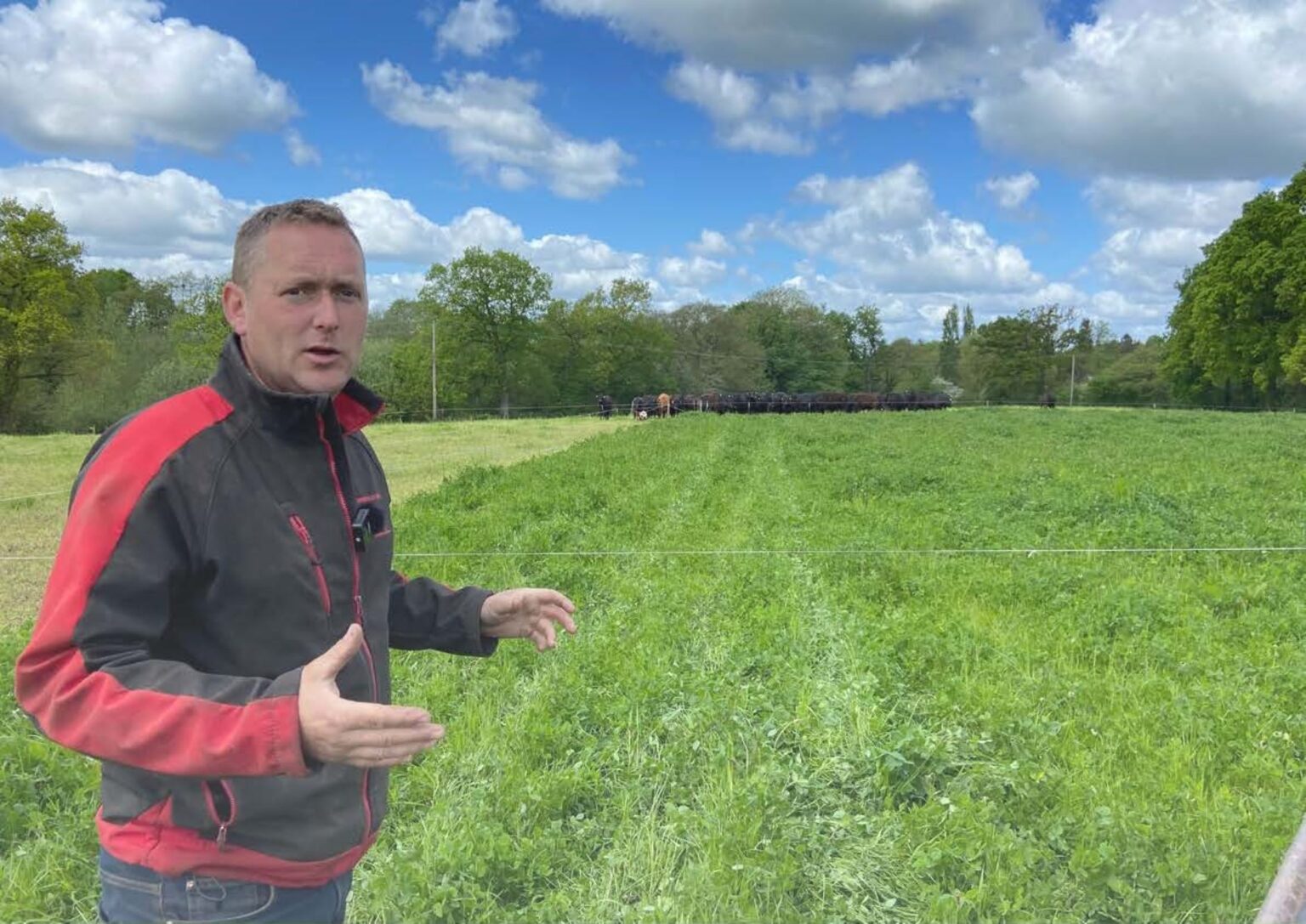Introducing PRISM 2030
PRISM 2030 is a new programme from ABP. Through partnering with the Andersons Centre (Andersons) and Harper Adams University, PRISM 2030 aims to work with a selected group of farmer suppliers over the next 2-3 years to explore how we can make a step-change in sustainability within the UK beef and lamb sectors
Understanding our sustainability journey
At ABP we’ve already embarked on our sustainability journey. But having so far achieved zero waste to landfill and reductions of 40% in greenhouse gas emissions, 60% in single use plastics, and 47% in water use within the past 10 years, we are nearing the limits of what we can accomplish on our own. This is because – in common with most food chain processing businesses – 90% of the footprint of meat and dairy resides at farm level. This is why PRISM 2030 is the next step on our path. UK farmers supplying ABP have the expertise and experience in producing beef and lamb, so now we want to support them in achieving meaningful sustainability changes as well.
About PRISM 2030
We are inviting just 350 farmers to go on this unique journey with us. These farmers will be able to access a range of benefits and expert advice. This will include a ‘welcome’ pack, assessments and benchmarking, tailored advice, access to a small equipment sustainability fund, and invitations to special events.
The initial part of the PRISM 2030 journey involves agreeing to establish a footprint of current greenhouse gas emissions using SRUC’s Agrecalc carbon footprinting tool. Andersons will visit farmers to assess the current situation and use Agrecalc to calculate a baseline of greenhouse gas emissions as well as log related costs. This will produce a confidential report to show where you improvements can be achieved.
Harper Adams University, will be examining anonymised results and offering tailored advice on achieving improvements. Farmers will have their own confidential information on the ‘what’ and the ‘how’, so you can decide what they do.
PRISM 2030’s initial focus will be on greenhouse gas emissions, but moving in time to a more holistic look at a range of other environmental factors such as water use, soil health, biodiversity and resource efficiency.
All farm data and tailored advice will remain confidential unless otherwise consented. However, ABP will be widely sharing aggregated results – challenges as well as successes – for the benefit of all.
Learn more about PRISM 2030
Meet PRISM 2030 Farmer: Ian Norbury

Suckler beef farmer Ian Norbury breeds Pedigree Angus, producing breeding bulls, and beef from heifers and steers. Ian recognised the synergy between business profitability and carbon emission reduction when he used Agrecalc to measure carbon emissions in 2020. He joined PRISM 2030 last year to continue monitoring with Agrecalc.
In spring, 120 high health cows calve indoors, observation is achieved via CCTV fitted to the sheds. Cows and calves are turned out onto a rotational grazing system, rotated every three to four days. Steers are moved daily on a GS4 mix of legumes, clover and herbal leys, gaining weights of up to 1kg/day/ average.
If stock get behind with the grazing the low input ley is closed to stock for five weeks and tight baled without plastic, using a belt baler. This method saves £6 per bale, before factoring in additional wrap disposal costs. This helps meet two of Ian’s three Harper Adams’ recommendations, improving pasture and grazing performance, and improving daily liveweight gain.
Cattle are regularly weighed in the squeeze crush, and heifers over a bulling weight of 390-410kg, are finished.
Retaining efficient females of around 650kg mature weight, breeds genetics for a sizeable carcase, while reducing impact on pasture. Cattle are finished by 22 months at R3+ and 300kg/DW, from grass and forage alone.
Inputs are low; outwintering cattle means nutrients are directly applied to the ground, little straw is required and cattle keep growing.
Ian believes the public want carbon conscious, grass fed beef, he says: “We are producing beef as efficiently as we can whilst maintaining the highest standards and adding value by supplying the public with data about our carbon emissions and how we minimise them.
Over ten years Ian has built a strong relationship with ABP, “When dropping cattle off at the abattoir, I learn about what the consumer and ABP want; therefore what I need to supply. I encourage farmers to watch cattle being graded, it’s time well spent and gives me insight on how the cattle look on the hook, guiding my decisions when selecting the next prime cattle.”
